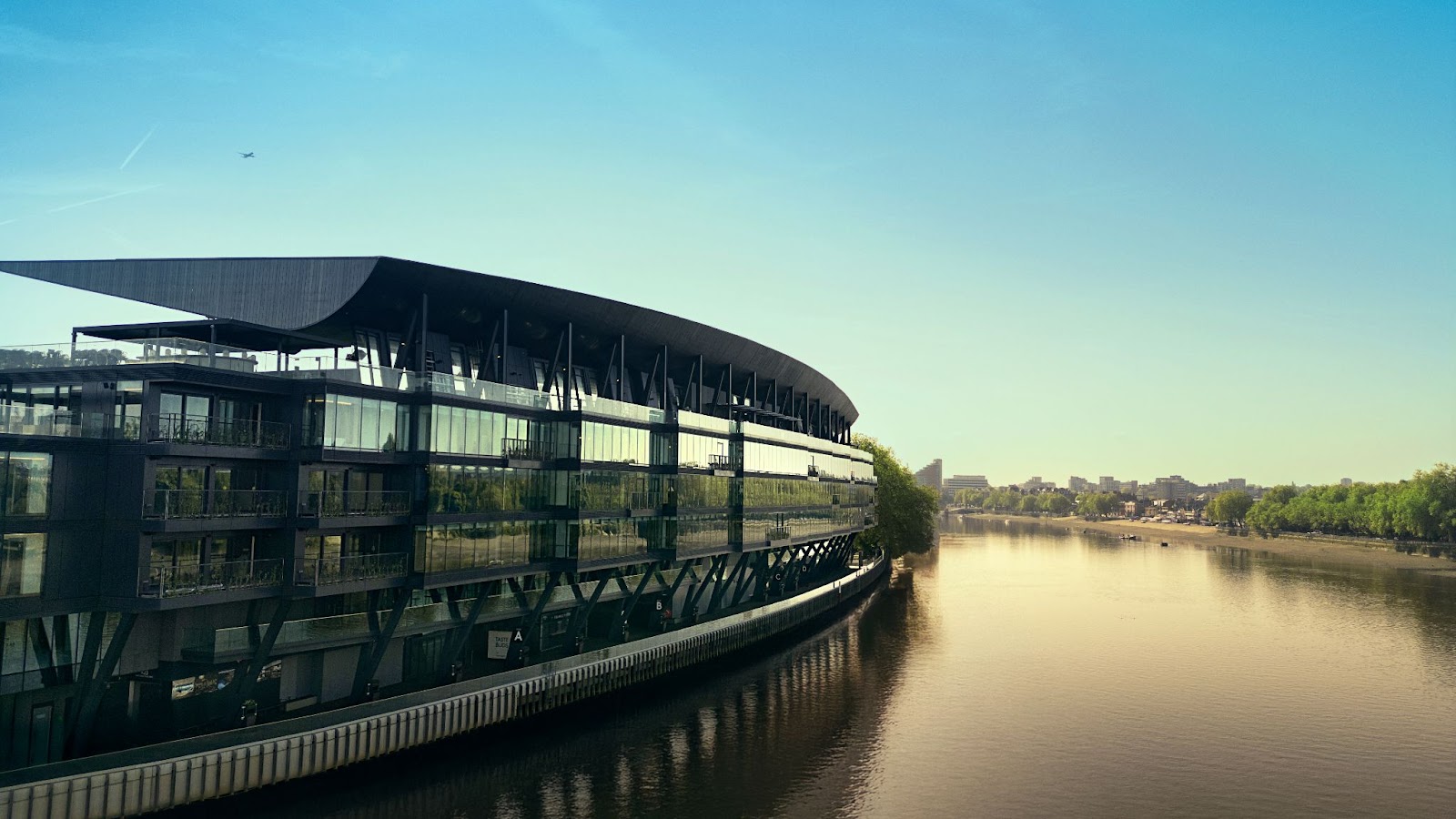James Gorst Architect’s new community centre in Suffolk sits quietly in the landscape and riffs on the county’s black barn vernacular
London-based studio, James Gorst Architects (JGA), has completed a new community centre in the historic city of Framlingham, Suffolk.
Known as the Castle Community Rooms, the project replaces a timber town hall that had existed on the site since 1898, but, despite being an important cultural asset to the community, had come to the end of its structural life.
The new centre, designed for Framlingham Parochial Church Council (PCC), makes extensive use of various timbers and aims to help local people to come together through social events, clubs, societies, classes, performances, and celebrations.
JGA’s work on the new community centre is the result of five years of dialogue, fundraising, and design collaboration between the PCC, community groups, Framlingham Town Council, and East Suffolk Council. Funding for the project came from a mixture of Community Infrastructure Levy, grants from East Suffolk Council, Framlingham Town Council, and donations from the National Lottery Community Fund, among others, as well as fundraising by the PCC.
Set on the dilapidated site of St Michael’s rooms, the centre is surrounded by mature trees and flanked by two Grade I Listed buildings: St Michael’s Church and Framlingham Castle. So to not disturb the existing sensitive site archaeology and tree root protection area, bespoke piled foundations were designed for the building to rest on.
“We designed a low-slung volume nestled among the trees to feel both sheltered and connected to the town,” said Laura O’Brien, associate at JGA describing the context of the site. “Creating a place for people to gather, socialise and meet was crucial to the vision for the project. The building opens out towards the churchyard and town to the south, enhancing the connection to the market and inviting the community in.”
A 10 metre-square, 120-capacity, multi-purpose main hall opens directly to a plant room, store, and a large kitchen in the rear end, allowing multiple groups to potentially use the space at the same time. Meanwhile, a double-height foyer that opens onto the street, leads into a meeting room, office, and washroom.
“This gives users control over how the space is configured and helps to contribute to a sense of ownership. The pared-back, simple materials palette encourages ongoing interaction with the spaces and allows for a layering of local character over time,’’ added O’Brien.
An engineered repetitive roof structure uses timber framework with minimal glulam beams spanning the entire length of the structure. The building has also been wrapped with black zinc cladding to protect the timber underneath and create a contrast with the solid oak-framed, double-glazed windows and doors.
Different timbers can be also found throughout the centre, as can be seen with a solid beech-sprung dance floor in the hall that can be used for dance and yoga classes. Furthermore, natural wood-fibre acoustic panels on the ceiling are well-suited for lectures, music, and film events. Poplar plywood panels on the walls, meanwhile, add a richness in texture as well as warmth internally.
Passive cooling techniques, such as north-facing roof lights, provide natural light and ventilation and also help avoid overheating. Addtionally, south-facing solar panels, help reduce the reliance on the National Grid and provide renewable energy to rely upon.
“Throughout this project, the responsibility of creating a new building in such a historic and picturesque context has been at the forefront of our minds,” said James Gorst, Director of James Gorst Architects. “The new hall, with its crisp metal cladding and simplicity of form intentionally references the traditional black barns of Suffolk. Our aim is for the new building to be a quiet and respectful counterpoint to the church and the surrounding trees.”






















